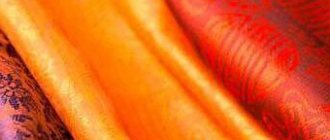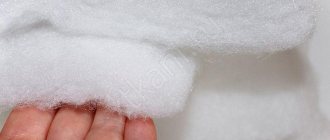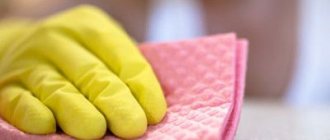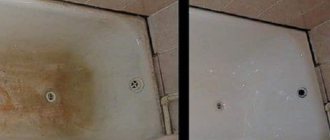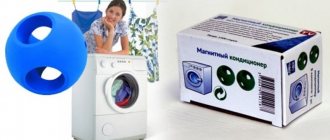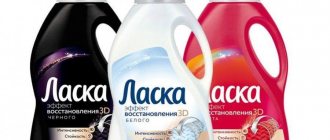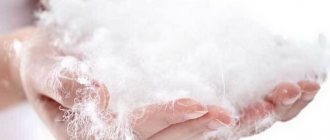Home / Synthetic fabrics
Back
Published: 10/31/2020
Reading time: 3 min
0
389
The chemistry of synthetic fibers offers consumers updated modifications of already known polymers, and also creates new ones. Acrylic fabric is one of the industry leaders. It is based on lightweight, light-resistant, thermoplastic and durable textile raw materials. The share of the product in the total production of chemical fibers is 4─6%. Let's consider basic information about modern material, its composition, properties, scope of application, advantages and disadvantages, methods of care, as it looks in the photo.
- 1 Acrylic ─ what kind of material is this?
- 2 Production technology
- 3 Description and characteristics
- 4 Composition
- 5 Types and properties
- 6 Application
- 7 What is sewn from it
- 8 How to wash
- 9 How to care
- 10 How to distinguish from other materials
- 11 Pros and cons
- 12 How much does it cost
Production technology
The fabric is based on a continuous polymer thread synthesized from hydrocyanic acid and acetylene. The starting reagents are obtained from natural gas and petroleum products as a result of complex chemical transformations, as well as temperature effects.
At the initial stage, a fiber-forming polymer is synthesized. The initial melt or solution is forced through dies that look like very thin holes. The fibers are then drawn out and treated with heat. As a result, the solvents evaporate and the polymer strands harden. At the last stage, the formed fiber is subjected to finishing.
Use in other areas
Polymers based on acrylic acid are also used in other areas, for example, in construction and the production of household items. This is how various types of plexiglass appeared based on etrusion (produced by pressing) and cast (produced by pouring) acrylic. Acrylic sheets are highly durable and have a smooth surface, which makes it possible to make high-quality bathtubs from them. Polymer-based paints are used for painting glass, wood and other non-greasy surfaces.
Description and characteristics
Acrylic material ─ thermoplastic group 2. At 250°C the process of its thermal destruction, that is, destruction, begins. PAN fiber is soluble in a number of solvents, among the main ones: dimethyl sulfoxide and dimethylformamide. Acrylic threads are welded using the hot gluing method.
PAN fibers have the appearance of very voluminous fluffy crimped threads that bind a sufficient amount of air, which allows things based on them to retain the maximum amount of heat.
Acrylic products:
- do not wrinkle or stretch, which allows you to look fresh and neat on the road and in other situations;
- do not stretch, do not sag, do not deform;
- do not absorb water well, so the products retain their shape;
- when exposed to open fire, they melt, but do not burn;
- in direct sun they dry out and then become stiff.
Benefits of acrylic
- Softness, comfort to wear. These properties of acrylic resemble wool.
- Heat retention. Acrylic has low thermal conductivity, so these products will keep you warm even in the cold season.
- There is no risk of exposure to dust mites or moths.
- High color and print fastness. Acrylic fibers lend themselves well to dyeing, and the brightness of the shades is maintained even after numerous washes.
- After interacting with moisture, for example, during washing, acrylic products dry quickly, do not lose shape, do not stretch or wear out, even when exposed to various chemicals.
Types and properties
Acrylic is rarely used in its pure form. More often it is included in mixed multicomponent fabrics with a natural base. Buyers love combinations of acrylic with mohair, as well as wool.
Modified fibers include Modacryl, which contains 85 percent or more polyacrylic. The remainder consists of other vinyl components. This is a high-tech fiber of the latest generation with optimized properties.
It's not very pleasant to be in 100% acrylic clothes. It is ideal when the amount of PAN fiber in products is limited to 30%.
History of creation
This was the first time the material was produced. Today the company no longer exists, but the fabric that was first produced on its territory is still very popular.
On a note! The development of new textile material began in the early forties of the last century. Manufacturers managed to achieve their goal several years later, in 1948, when they produced a fiber unique in its properties, which was called “Orlon”.
This material competed with nylon, which was popular at that time, but it was difficult to dye. That is why manufacturers decided to continue research in order to improve a fabric that could be dyed without much difficulty. In 1952, it was possible to obtain a fiber that met all the requirements. It was called "acrylic".
You might be interested in Description of synthetic fluff and its comparison with holofiber and synthetic winterizer
Application
The scope of application of acrylic includes not only the textile industry, but also related fields. Covers and awnings are made from its fibers. Greenhouses are equipped with non-woven materials based on it. The product is actively involved in the advertising industry. Used in the manufacture of exhibition stands, signs, and banners. The density of fabric for awnings cannot be less than 300 g/m2.
Due to its water-repellent characteristics, orlon is indispensable in the production of upholstery fabric for furniture, bedspreads, rugs, carpets and other textiles. Curtains with the addition of acrylic fabric are not afraid of direct ultraviolet radiation. Over time, they do not fade or fade even in brightly lit rooms. Such curtains do not rot or sag, but they form beautiful folds.
Author:
Zakharova Nina Afanasyevna
I hope you like my article! If you find any shortcomings, just write to me about it! I am always ready for a conversation and will answer any questions you have, ask them!
